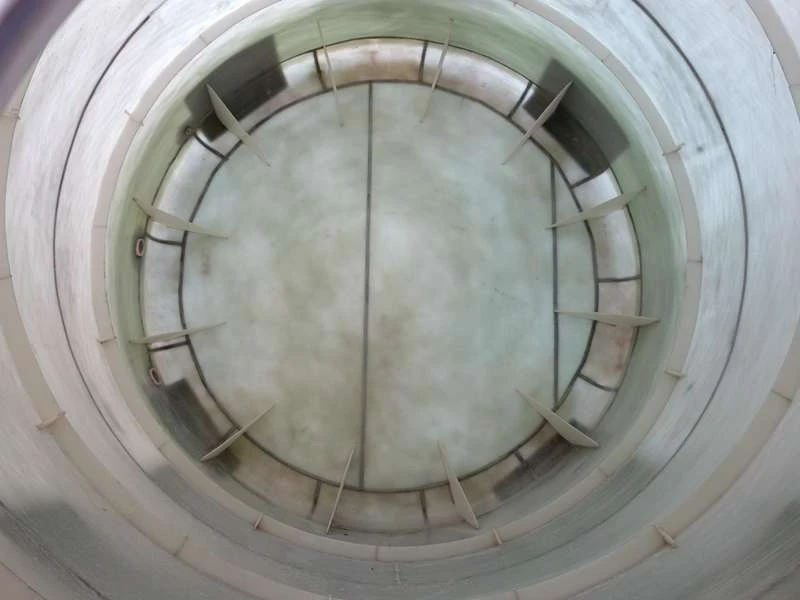
-
 Afrikaans
Afrikaans -
 Albanian
Albanian -
 Amharic
Amharic -
 Arabic
Arabic -
 Armenian
Armenian -
 Azerbaijani
Azerbaijani -
 Basque
Basque -
 Belarusian
Belarusian -
 Bengali
Bengali -
 Bosnian
Bosnian -
 Bulgarian
Bulgarian -
 Catalan
Catalan -
 Cebuano
Cebuano -
 China
China -
 China (Taiwan)
China (Taiwan) -
 Corsican
Corsican -
 Croatian
Croatian -
 Czech
Czech -
 Danish
Danish -
 Dutch
Dutch -
 English
English -
 Esperanto
Esperanto -
 Estonian
Estonian -
 Finnish
Finnish -
 French
French -
 Frisian
Frisian -
 Galician
Galician -
 Georgian
Georgian -
 German
German -
 Greek
Greek -
 Gujarati
Gujarati -
 Haitian Creole
Haitian Creole -
 hausa
hausa -
 hawaiian
hawaiian -
 Hebrew
Hebrew -
 Hindi
Hindi -
 Miao
Miao -
 Hungarian
Hungarian -
 Icelandic
Icelandic -
 igbo
igbo -
 Indonesian
Indonesian -
 irish
irish -
 Italian
Italian -
 Japanese
Japanese -
 Javanese
Javanese -
 Kannada
Kannada -
 kazakh
kazakh -
 Khmer
Khmer -
 Rwandese
Rwandese -
 Korean
Korean -
 Kurdish
Kurdish -
 Kyrgyz
Kyrgyz -
 Lao
Lao -
 Latin
Latin -
 Latvian
Latvian -
 Lithuanian
Lithuanian -
 Luxembourgish
Luxembourgish -
 Macedonian
Macedonian -
 Malgashi
Malgashi -
 Malay
Malay -
 Malayalam
Malayalam -
 Maltese
Maltese -
 Maori
Maori -
 Marathi
Marathi -
 Mongolian
Mongolian -
 Myanmar
Myanmar -
 Nepali
Nepali -
 Norwegian
Norwegian -
 Norwegian
Norwegian -
 Occitan
Occitan -
 Pashto
Pashto -
 Persian
Persian -
 Polish
Polish -
 Portuguese
Portuguese -
 Punjabi
Punjabi -
 Romanian
Romanian -
 Russian
Russian -
 Samoan
Samoan -
 Scottish Gaelic
Scottish Gaelic -
 Serbian
Serbian -
 Sesotho
Sesotho -
 Shona
Shona -
 Sindhi
Sindhi -
 Sinhala
Sinhala -
 Slovak
Slovak -
 Slovenian
Slovenian -
 Somali
Somali -
 Spanish
Spanish -
 Sundanese
Sundanese -
 Swahili
Swahili -
 Swedish
Swedish -
 Tagalog
Tagalog -
 Tajik
Tajik -
 Tamil
Tamil -
 Tatar
Tatar -
 Telugu
Telugu -
 Thai
Thai -
 Turkish
Turkish -
 Turkmen
Turkmen -
 Ukrainian
Ukrainian -
 Urdu
Urdu -
 Uighur
Uighur -
 Uzbek
Uzbek -
 Vietnamese
Vietnamese -
 Welsh
Welsh -
 Bantu
Bantu -
 Yiddish
Yiddish -
 Yoruba
Yoruba -
 Zulu
Zulu
frp chimney construction and installation for industrial and
FRP Chimney Construction and Installation for Industrial Applications
In the contemporary industrial landscape, the demand for efficient and durable exhaust systems has grown significantly, leading to the increased adoption of Fiber-Reinforced Polymer (FRP) chimneys. These structures offer a plethora of advantages over traditional materials, making them a popular choice for various industrial applications. This article explores the construction and installation of FRP chimneys, highlighting their benefits and key considerations during the process.
Advantages of FRP Chimneys
FRP chimneys are primarily composed of a polymer matrix reinforced with fibers, typically glass or carbon. This unique composition imparts several beneficial properties. One of the most significant advantages is their corrosion resistance. In industrial settings where exhaust gases can be highly acidic or caustic, traditional materials like concrete or steel often succumb to corrosion over time. In contrast, FRP materials can endure harsh environments, thus ensuring longevity and reducing maintenance costs.
Moreover, FRP chimneys are lightweight compared to conventional materials. This attribute simplifies transportation and installation, making them particularly advantageous in locations that may struggle to support heavy structures. The lightweight nature of FRP also facilitates quicker setup, allowing industries to minimize downtime during installation.
Additionally, FRP chimneys provide excellent insulation properties, which helps in preventing heat loss. This is particularly important in industries where maintaining specific temperature parameters is crucial for process efficiency. Furthermore, the design flexibility offered by FRP allows for customization to meet specific industrial requirements, whether it be size, shape, or color.
Construction Process
frp chimney construction and installation for industrial and

The construction of FRP chimneys typically involves several stages, beginning with the design phase. Engineers and architects collaborate to create a bespoke chimney design that meets the industry’s operational and regulatory requirements. During this design process, factors such as height, diameter, and location are meticulously calculated.
After the design is finalized, the manufacturing of the FRP components commences. The production process usually involves the use of advanced techniques like filament winding or pultrusion, which ensure high-quality and structurally sound components. These pre-manufactured sections are then transported to the installation site.
Installation
Once the materials arrive on-site, installation can begin. The lightweight nature of FRP allows for easier handling, often requiring less heavy machinery for assembly. During installation, a strong foundation is crucial; thus, careful groundwork and anchor installation are performed to ensure the chimney is securely positioned and capable of withstanding environmental forces such as wind and seismic activity.
The assembly of the chimney sections follows, and skilled personnel carefully join these components using specialized adhesives and fastening techniques. It's important to ensure the integrity of these joints to maintain the overall performance of the chimney.
Conclusion
In conclusion, the construction and installation of FRP chimneys provide industrial facilities with a robust solution for managing exhaust emissions effectively. Their superior resistance to corrosion, lightweight properties, and design flexibility make them an ideal choice in a variety of industrial environments. By investing in modern FRP chimney technology, industries not only enhance their operational efficiency but also align with environmental standards, leading to more sustainable practices. As industries continue to evolve, FRP chimneys will likely play an increasingly vital role in ensuring effective and efficient exhaust management solutions.









